The Armani Legacy

“I’m not one for self-congratulation,” Giorgio Armani says, “but I can’t deny I’m proud to have reached such an important milestone.” The Italian legend is referring to his fashion house hitting the half-century mark this year (he also happens to have recently cleared another personal benchmark: turning 91).
His modesty aside, the fashion world, and particularly the modern-day concept of a “lifestyle brand,” owes a major debt to Armani. As he himself admits, “my vision…extends beyond fashion,” with Armani hotels, residences, restaurants, clubs, and cafés now dotting the globe. The designer compares creating a custom living space to designing couture, “where the encounter between client and creator brings something rare and unique to life.” And he delights in bringing a taste of Italy to the world. (His favorite dish at his nearly year-old restaurant in Manhattan? The risotto alla Milanese, naturalmente.)
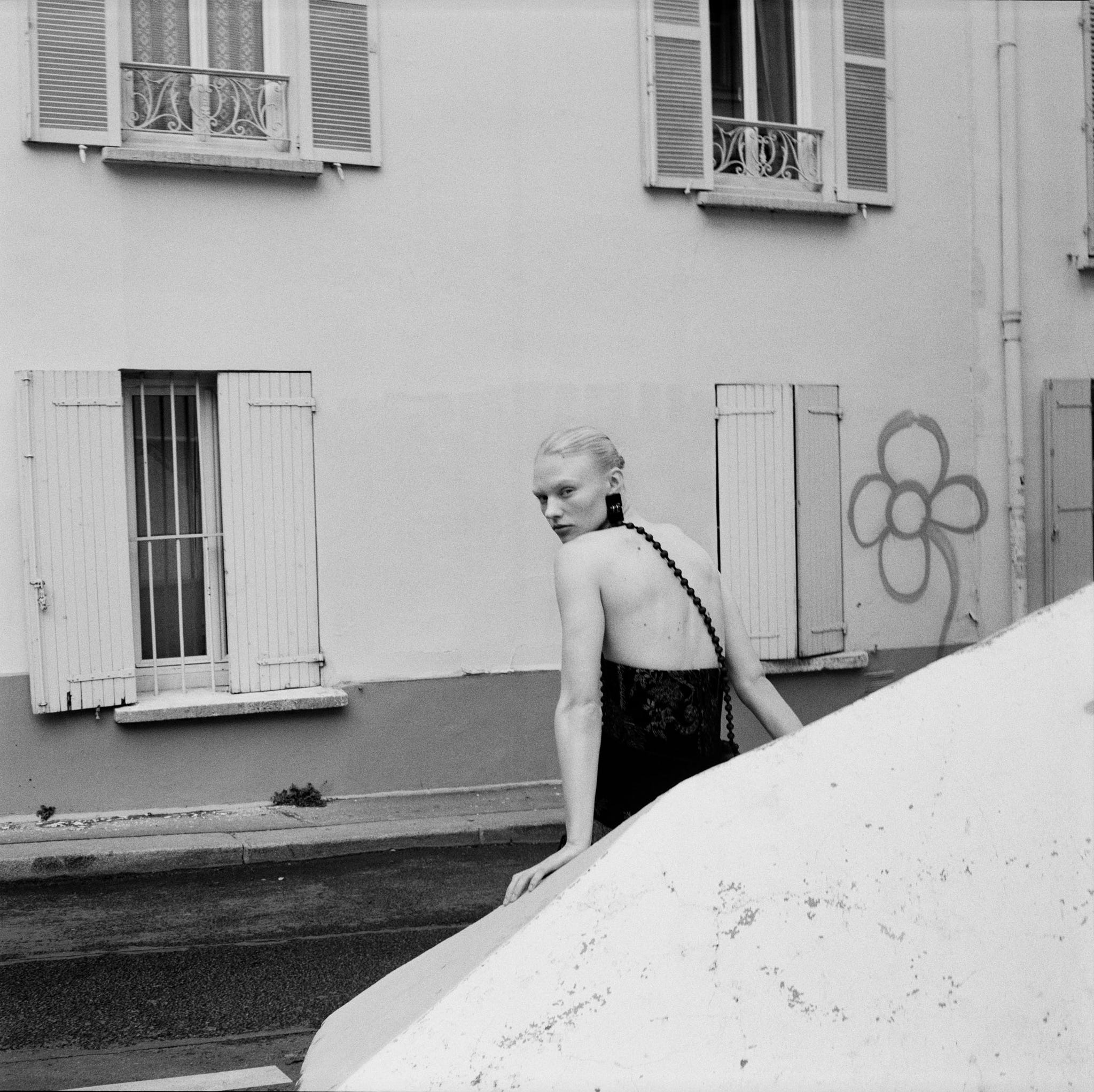
All looks, Giorgio Armani.
His expansive vision extends across the Atlantic, all the way to Hollywood, where he clocked in to the dream factory early on, dressing Richard Gere in American Gigolo, Leonardo DiCaprio in The Wolf of Wall Street, and countless red-carpet stars. (He names Diane Keaton, accepting her Annie Hall Oscar in 1978, and Jodie Foster, in a cream-colored suit at the ceremony in 1992, as two favorites.) Gen Z has embraced him just as much as golden-era stars did; Mikey Madison attended the Critics Choice Awards in a vintage Armani gown from 1992, while Sydney Sweeney and Zendaya have turned to the Milanese master for their own star-making moments. The designer says he’s “immensely proud that the younger generations are seeking out vintage Armani. It means that what I created 20 or 30 years ago still speaks to an audience that may not even have been born yet.”
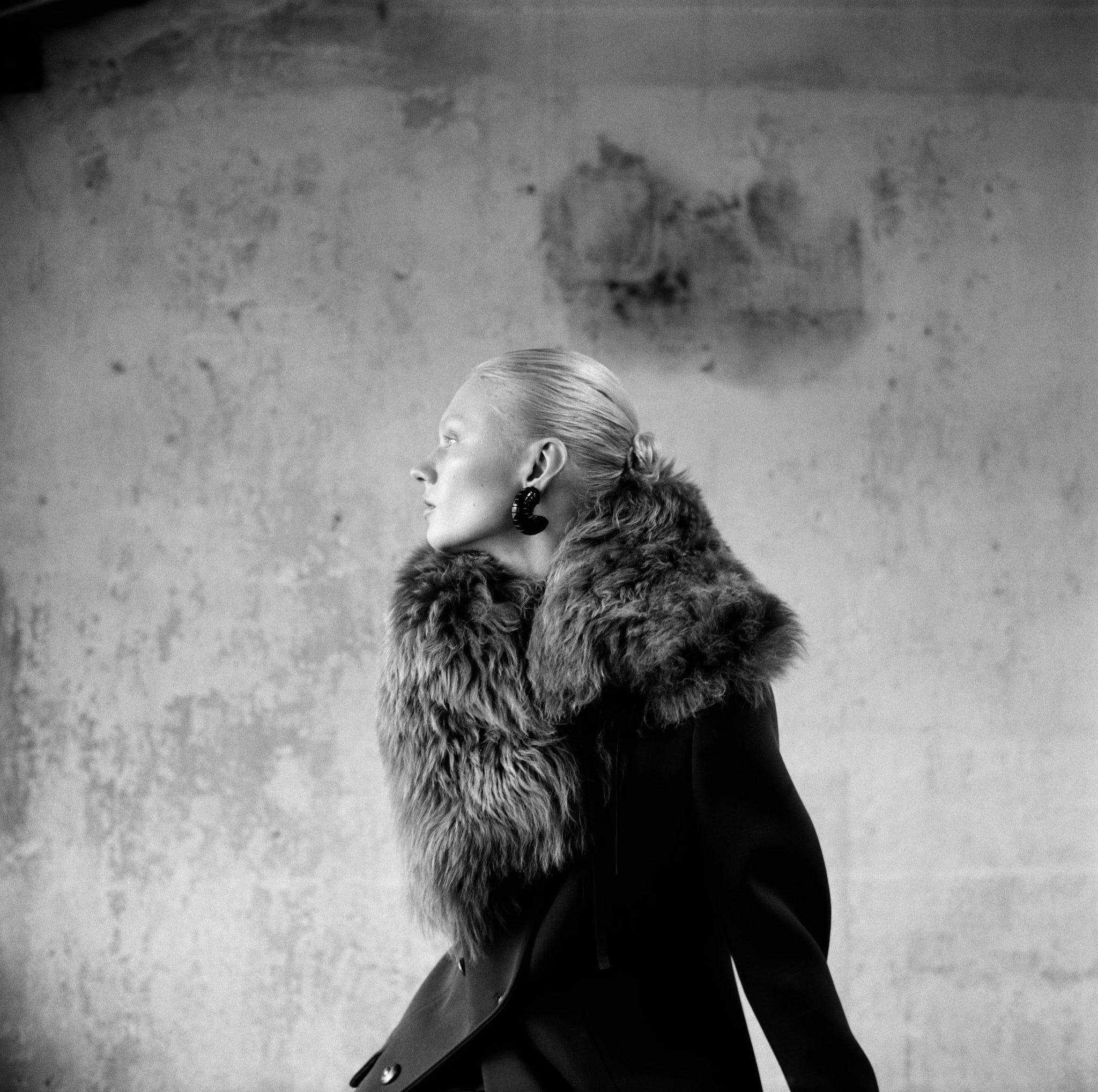
Our current fascination with minimalism has also sent many younger acolytes flocking to Armani’s collections. “My work is defined by a constant process of simplification,” he says. “I strip away to add value and meaning. It’s a more challenging path than it might seem, because simplicity is never simplistic.” However, he doesn’t consider his oeuvre to be quiet luxury, which, he finds, “tends toward the very simple, almost elementary. The kind of subtraction that interests me adds meaning to a garment; it doesn’t strip it of substance, but rather removes it from the fleeting whims of passing trends.”

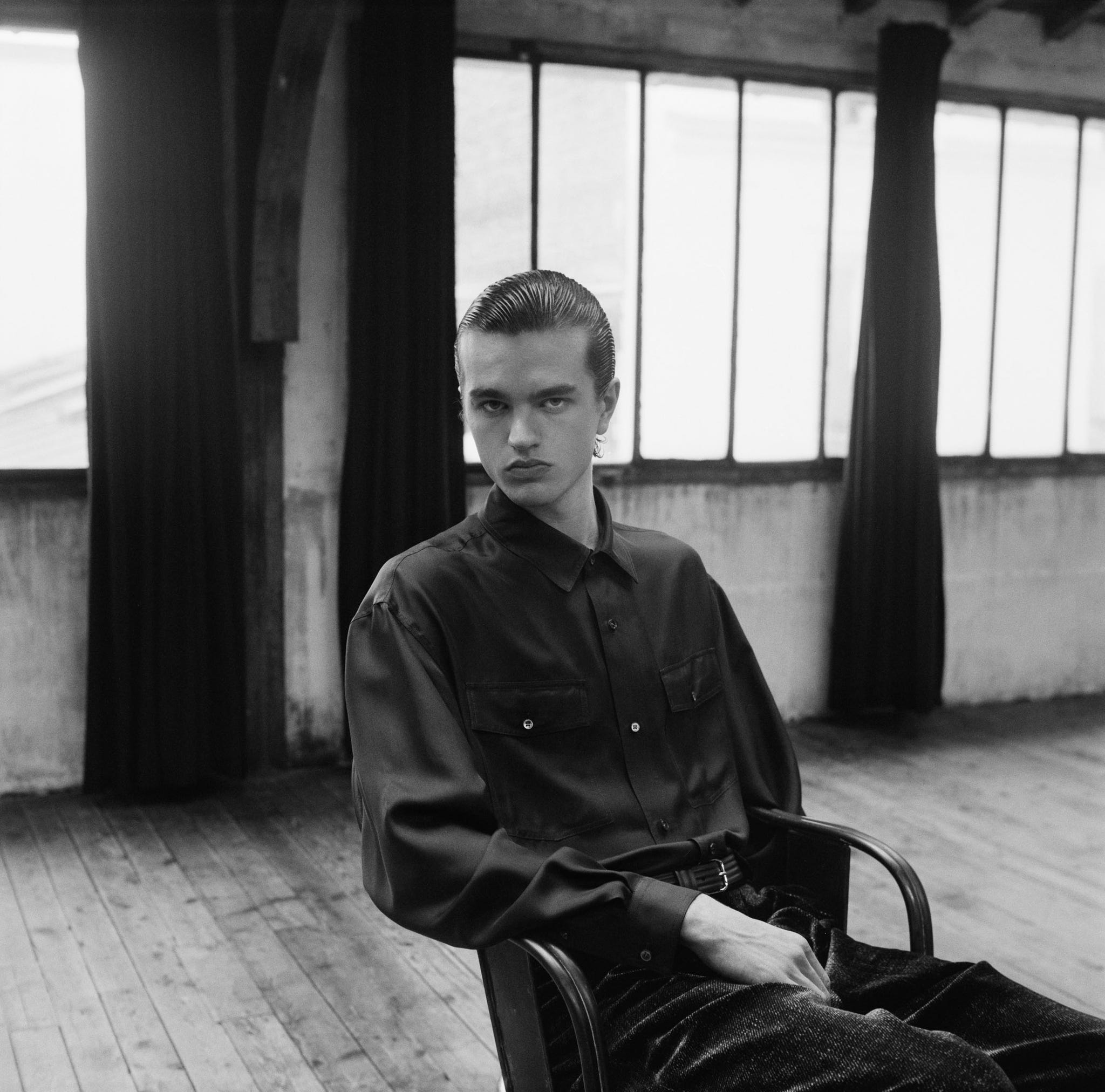
His career, too, has proceeded in that kind of steady arc: He started his own brand at age 41, after working for labels like Cerruti and Loewe. “My path began later, yes, but that gave me the right awareness and maturity to enter a complex and fast-moving world,” he says.
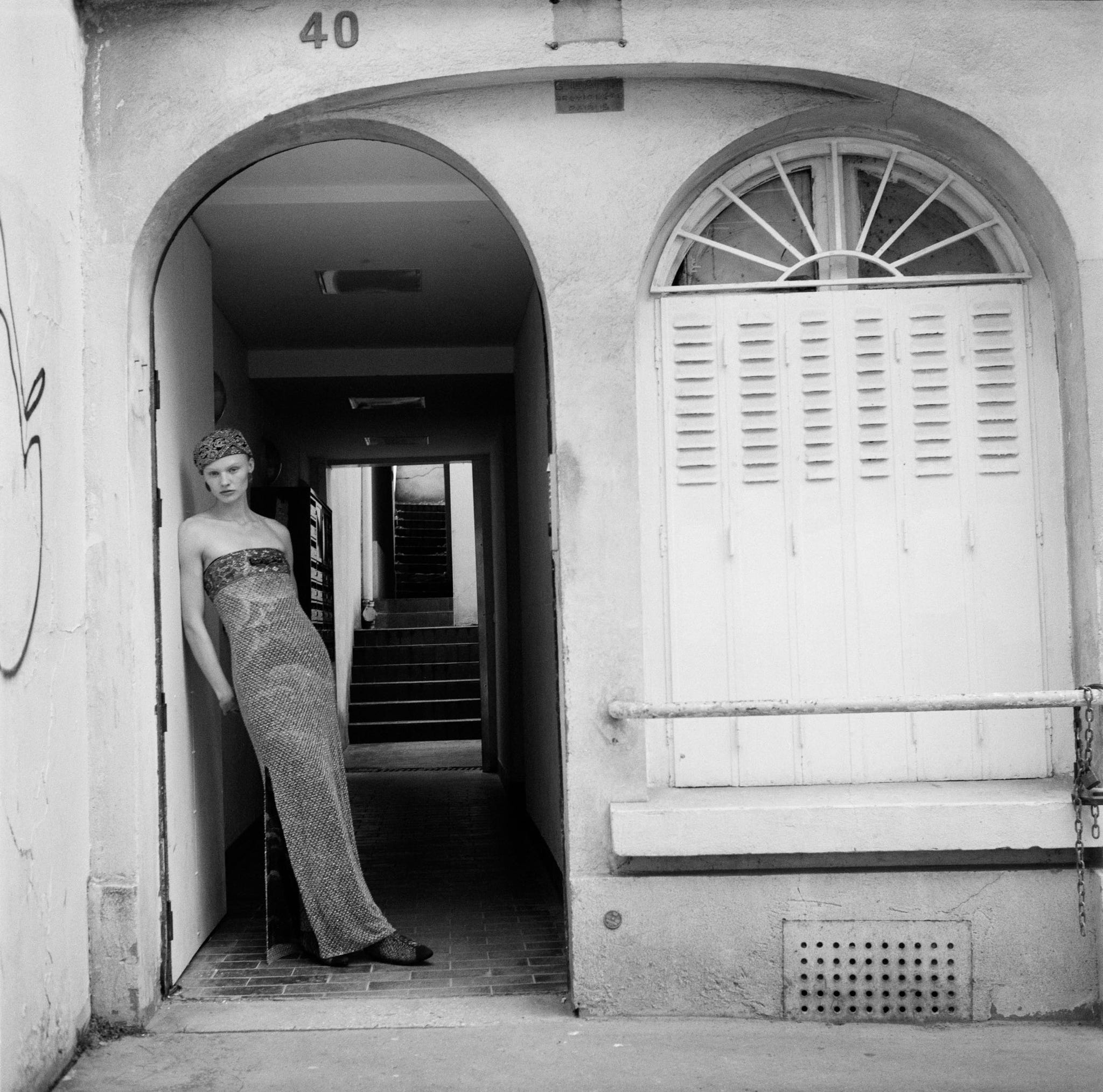
One Armani hallmark that’s made a comeback in recent seasons is the tailored suit, which returned to runways with a vengeance as customers tired of dressed-up athleisure. “I think the fashion cycle has naturally brought us back to a new sense of composure and elegance,” the designer says. And the suit is “a garment that projects great strength and authority for women, both in and out of the workplace.” Someone who’s worn Armani’s suits with panache is Cate Blanchett, who says it’s the style she feels most at home in. (“My most-loved Armani look always seems to be the last one I wore,” she says.) When she asks Armani if she can wear a look from the menswear collection, “he smiles, gently rolls his eyes, and says, ‘Let me do something.’ And he will present a riff on the masculine, but for my form.”
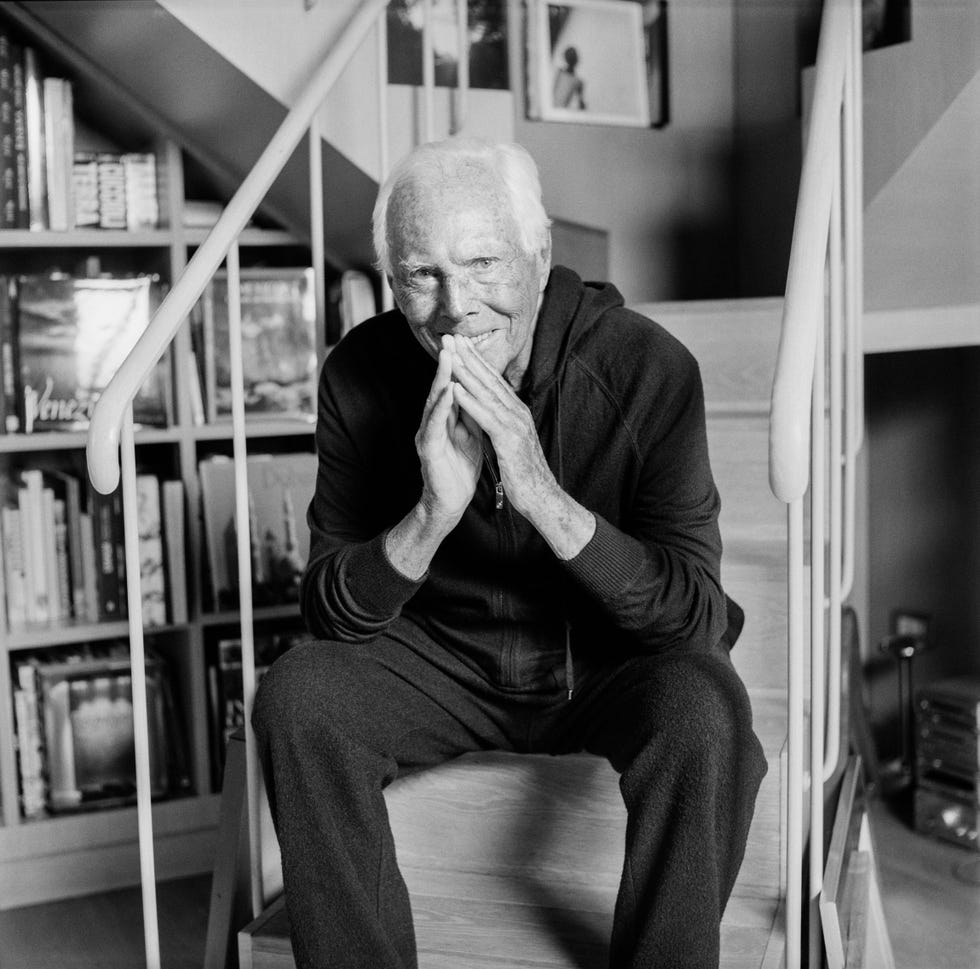
Armani has long championed the work of emerging designers in the Milan scene. And while much of fashion may be experimenting with catwalk alternatives or storming the metaverse, he remains a firm believer in the power of the IRL runway show. “Clothes must be seen live, on bodies in motion. The real question is whether shows today are still conceived for the clothes or purely as moments of media entertainment,” he says. “I prefer substance over spectacle, which can become damaging if it’s an end in itself. But sometimes, I feel very alone in defending this position.”
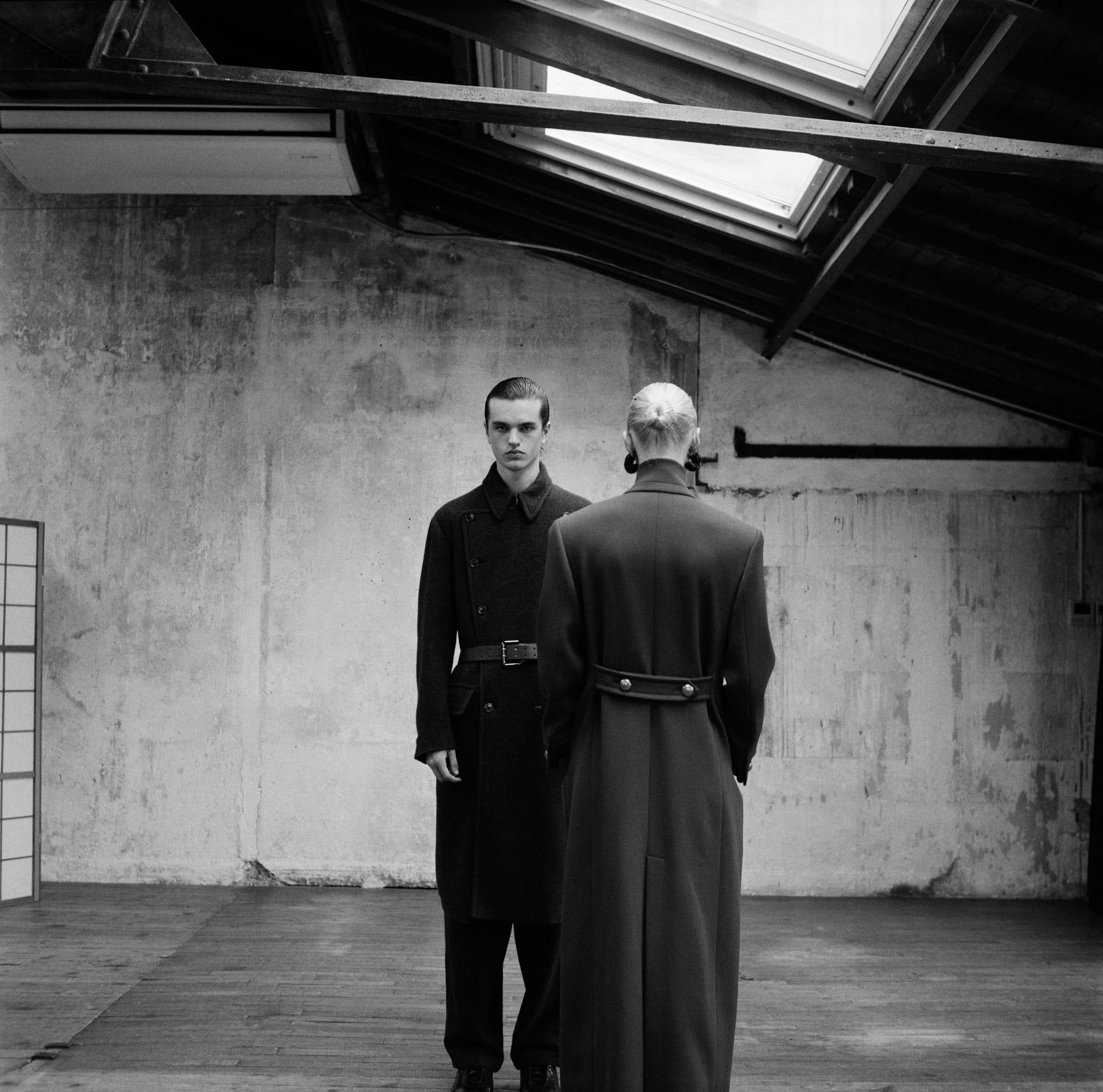
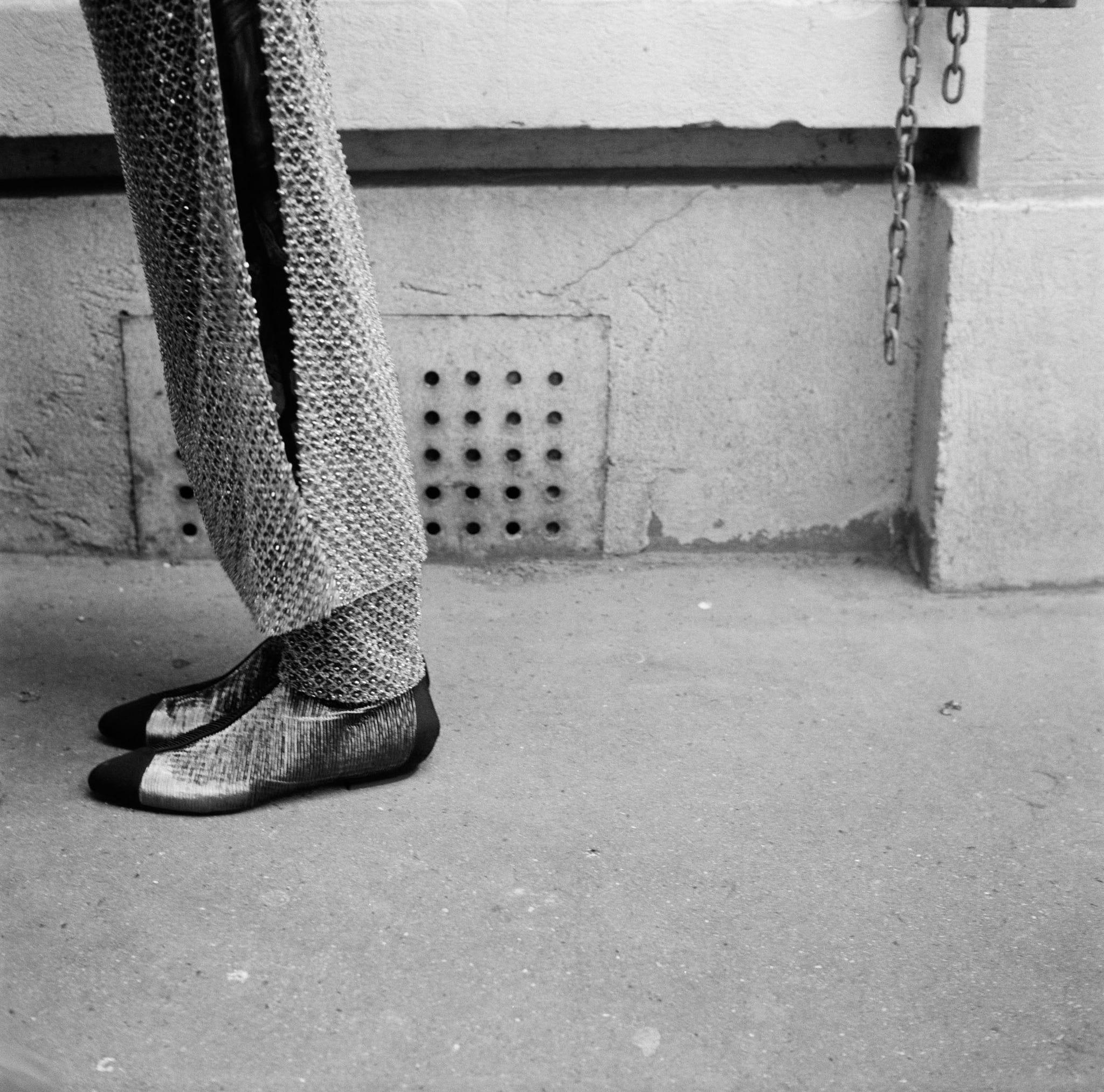
For fall 2025, Armani went back to his roots, quite literally: He titled his collection “Radici.” He wanted to riff on his own history as “a way to imagine the new and dress the moment. This doesn’t mean I am rigid or repetitive. I observe the world and follow the shifts in needs and lifestyles.” As Blanchett says, “Mr. Armani innately understands flow: the movement of thought, of emotion, and of course of the body.”
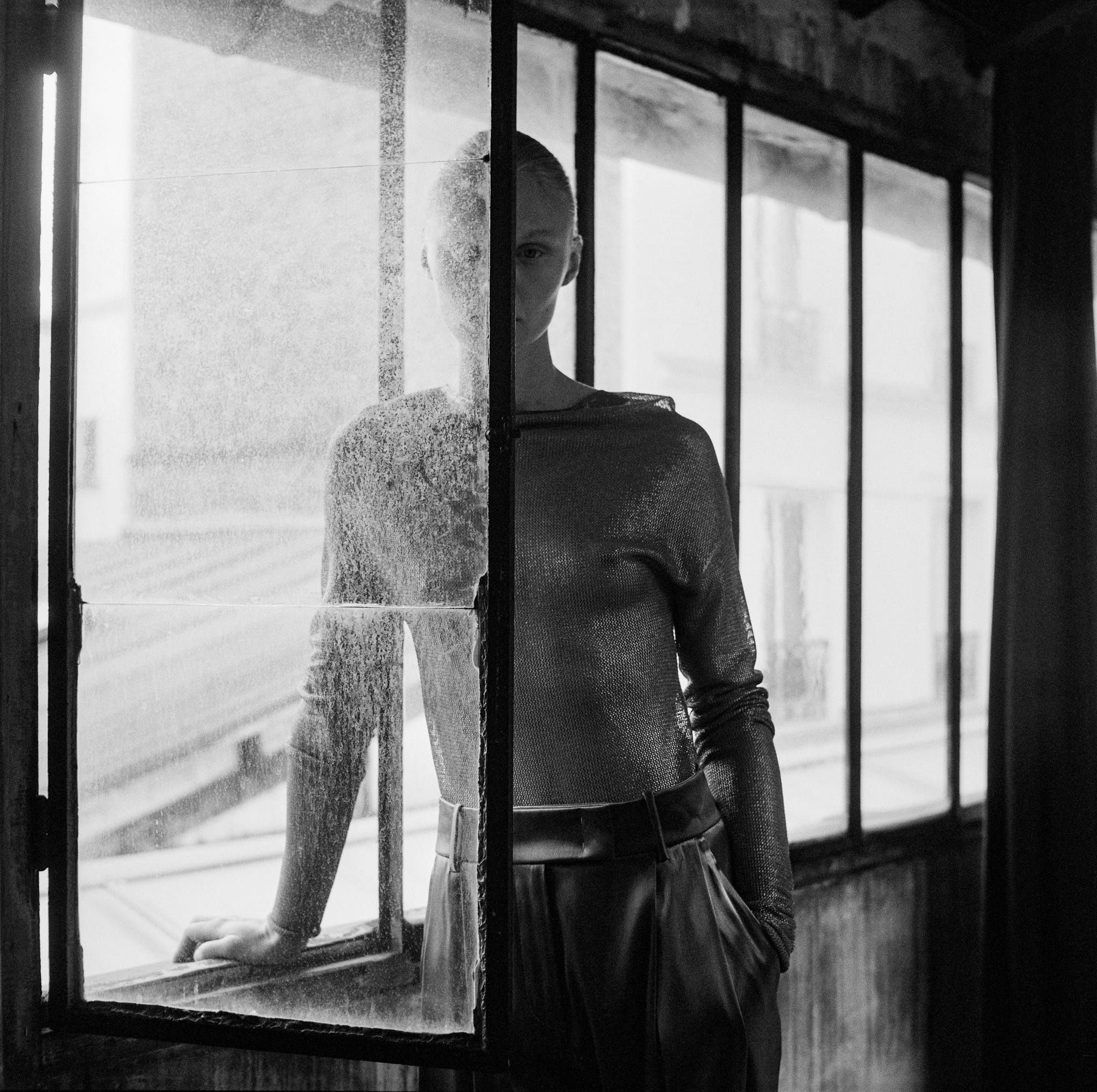
He has ample reason for going back to the old ways. “I still see fashion drifting away from its true purpose, which is, essentially, to clothe people in a way that enhances life, redefines roles, and reshapes imagery. Today, revenue goals on the one hand, and communication for its own sake on the other, have distorted everything. The clothes have become secondary—or, worse, they’ve become mere concepts,” he says. “And too much is produced, in a constant cycle that diminishes value.
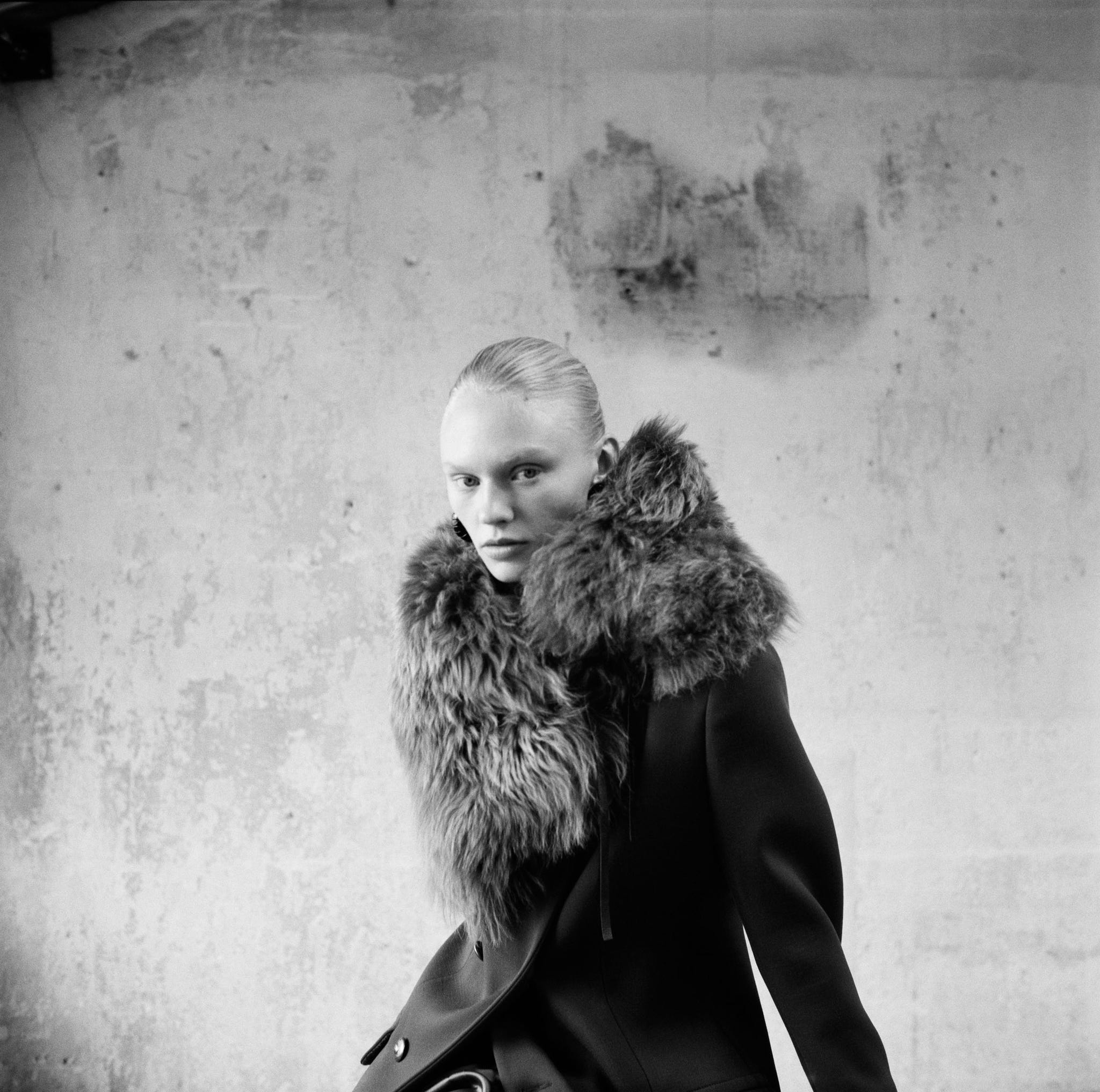
“The legacy I hope to leave is one of commitment, respect, and attention to people and reality. That’s where it all begins.”
Hair by Nicolas Philippon and makeup by Lauren Bos, both at Artlist Paris; casting by Barbara Pfister; models: Vilma Sjoberg at Next and Victor Buysse at VNY Models; produced by Luisa Saro at Tarifa Production.
This story appears in the September 2025 issue of ELLE.
elle



